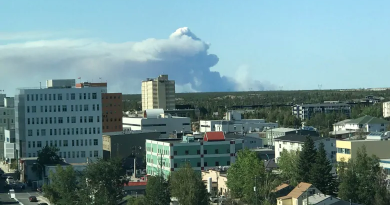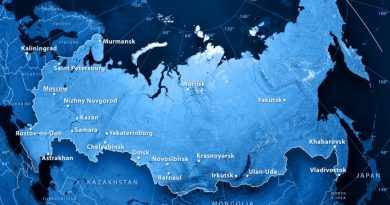Government in Northern Canada encourages drivers to avoid squashing at-risk toad species
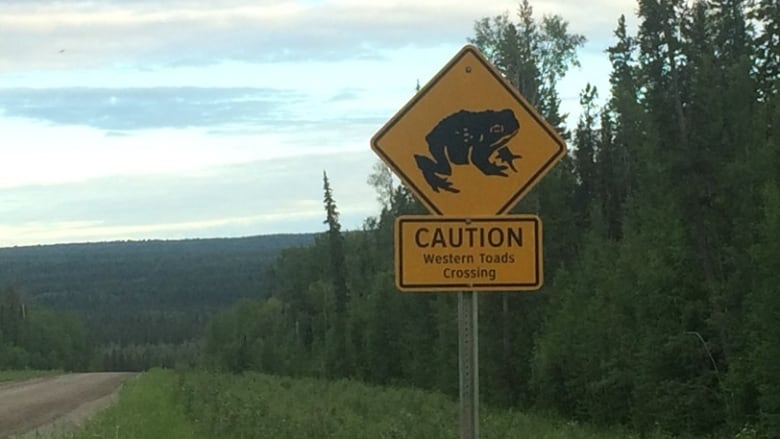
Drivers heading out on the Liard Highway — Hwy. 7 in the Northwest Territories, in Canada’s central Arctic — may notice a new road sign that reads “Caution: Western Toads Crossing.”
It’s meant to encourage drivers to slow down, protecting one of only two toad species that live in the Northwest Territories.
The western toad lives throughout the western half of North America, ranging from Mexico into the Northwest Territories. It’s classified as a species at risk in Canada.
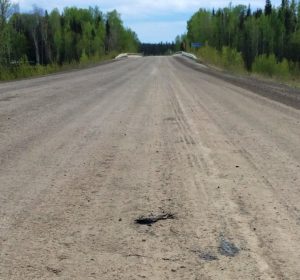
The toads are about the size of an adult’s fist and visible while driving, said Suzanne Carriere, a biologist with the territory’s Department of Environment and Natural Resources.
It’s not clear how many toads live in the Northwest Territories, but territorial government surveys suggest it could range from between 200 and 8,000.
That makes them especially vulnerable to road traffic, which is why the government installed the sign near the Muskeg Bridge outside Fort Liard, N.W.T., last year, Carriere said.
“People from Fort Liard, they noticed the squashed toads,” she said. “You can see in the photos, it’s quite gruesome. You can see the toad is dead.”
‘Every toad counts’
The toads cross the Liard Highway to reach their breeding grounds, and since the average female only reproduces once during its lifetime, keeping them safe is a priority, she said.
“Every toad counts,” she said. “Folks in the Dehcho were thinking that if you just tell people there are toads along the highway … maybe people would go around, just watch them and not squish them.
“We’re hoping that the number of squished toads goes down,” Carriere said.
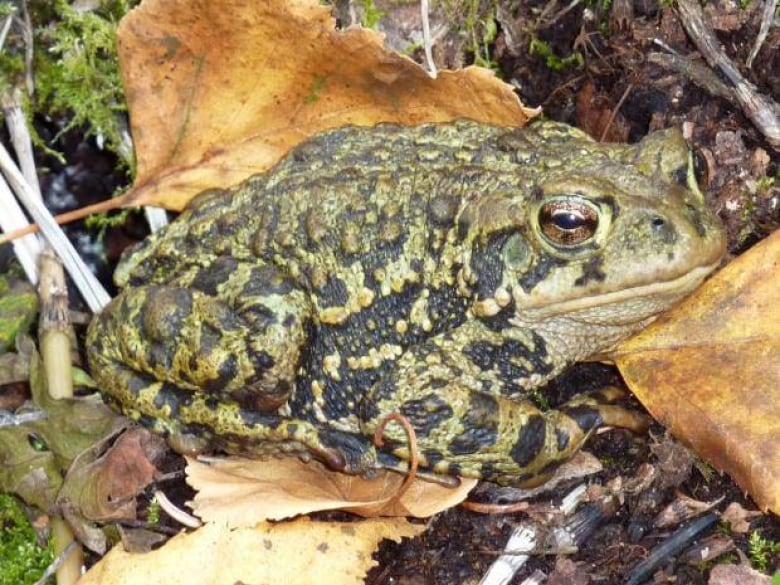
The western toad has adapted itself to life in the territory despite the long, cold winters and plays an important role within the food web of the ecosystem. Losing the toad would rip a hole in that web, she said.
“Every single species is important,” she said. “If it’s in the Northwest Territories, we should make sure it survives. Species are disappearing every day.”
For drivers, Carriere’s message is simple: slow down, and keep your eyes peeled for toads.
Related stories from around the North:
Canada: Moose population increasing, but calf numbers low in Kluane National Park, CBC News
Finland: Report lists hundreds more species as endangered in Finland, Yle News
Norway: Climate change threatens Arctic fox’s future in Nordic nations, Yle News
Russia: Authorities in northwest Russia move to protect wild reindeer, The Independent Barents Observer
Sweden: Sweden’s wolf numbers slide, illegal hunting blamed, Radio Sweden
United States: Unique freshwater Alaska seals require special conservation efforts, study finds, CBC News

